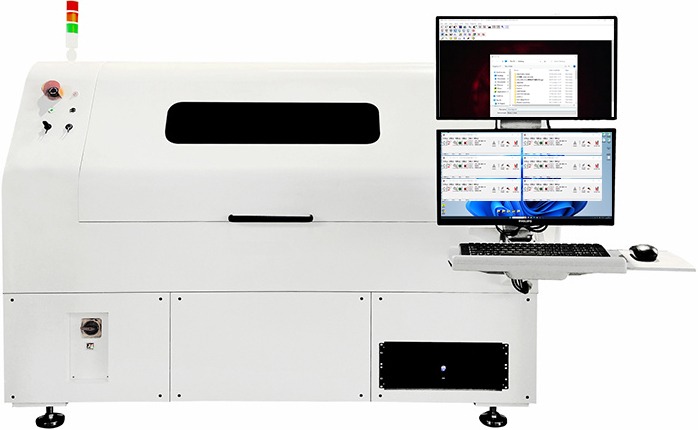 LASCON® is the process monitoring system with probably the largest distribution in the laser industry. More than 1500 users worldwide in industry and research monitor and regulate their laser processes with LASCON®.
LASCON® is the process monitoring system with probably the largest distribution in the laser industry. More than 1500 users worldwide in industry and research monitor and regulate their laser processes with LASCON®.
The LASCON Process Manager uses the infrared or 2 color pyrometers to measure the temperature on the workpiece 10,000 times per second and compares the measured temperature with a specified setpoint temperature. From the difference, the systems calculated the rated power for the laser system. This laser system is controlled by an analogue signal so that any laser system can be used with analog voltage power input. But it can also control inductors and other heat sources. The processes are monitored, stored and visualized. The process data of each process can additionally be exported automatically to an external server. Easily programmable scripts can be used to set monitors around setpoint temperatures to create an error signal if the measured temperature is not within the temperature monitor. Especially for laser soldering, the solder wire feeder can also be parameterized and started by software from the script.
Semiconductor applications
The rapid development of the semiconductor industry requires achieving smaller spacing, thinner substrates, and high-quality chip bonding. Laser assisted bonding technology is suitable for advanced semiconductor packaging with high demand for precise heating control in speed, accuracy, local and even extremely small areas. Compared to traditional reflow soldering and TCB, laser assisted bonding does not require additional measures to avoid thermal expansion. It has obvious advantages in bonding temperature, operation time, and heat affected zone size, making it the best choice for direct bonding of high-precision chips.


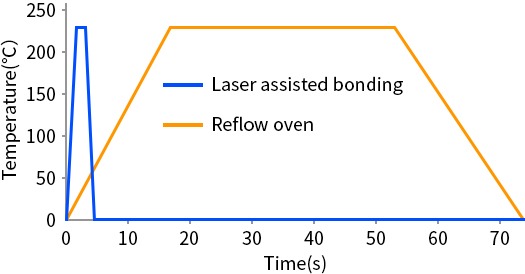
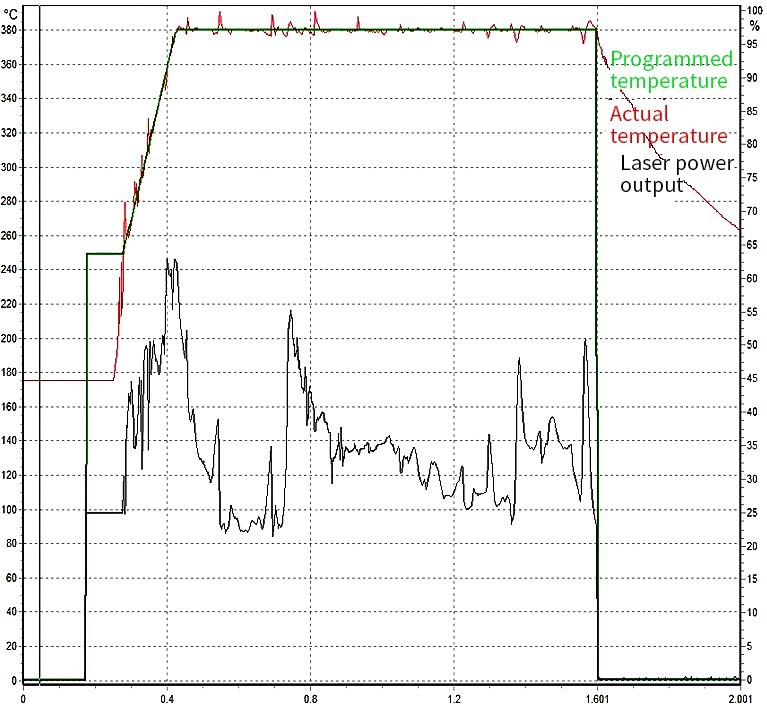
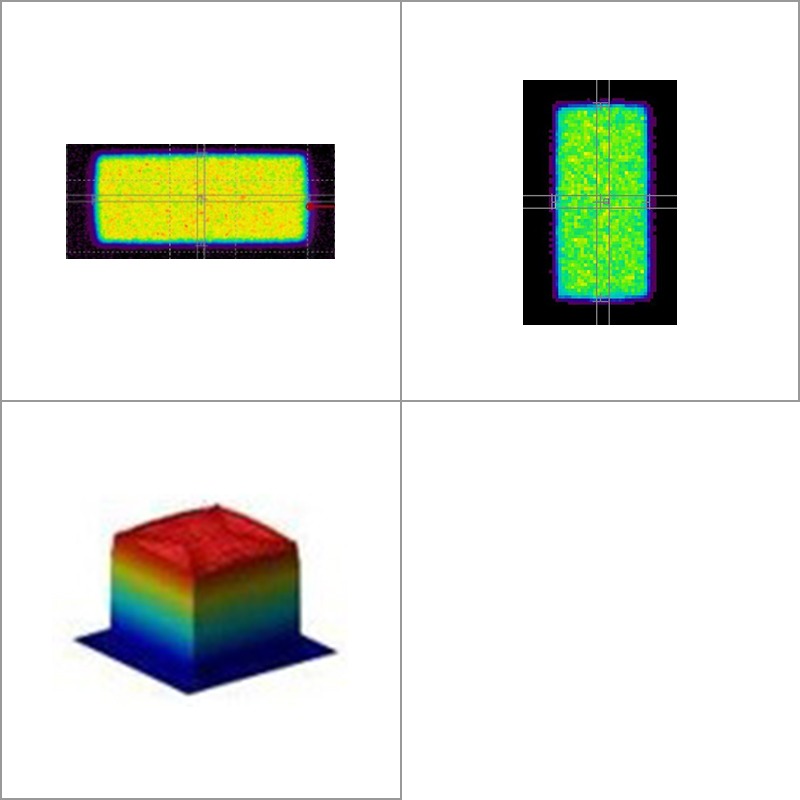
 DYNALAS
DYNALAS
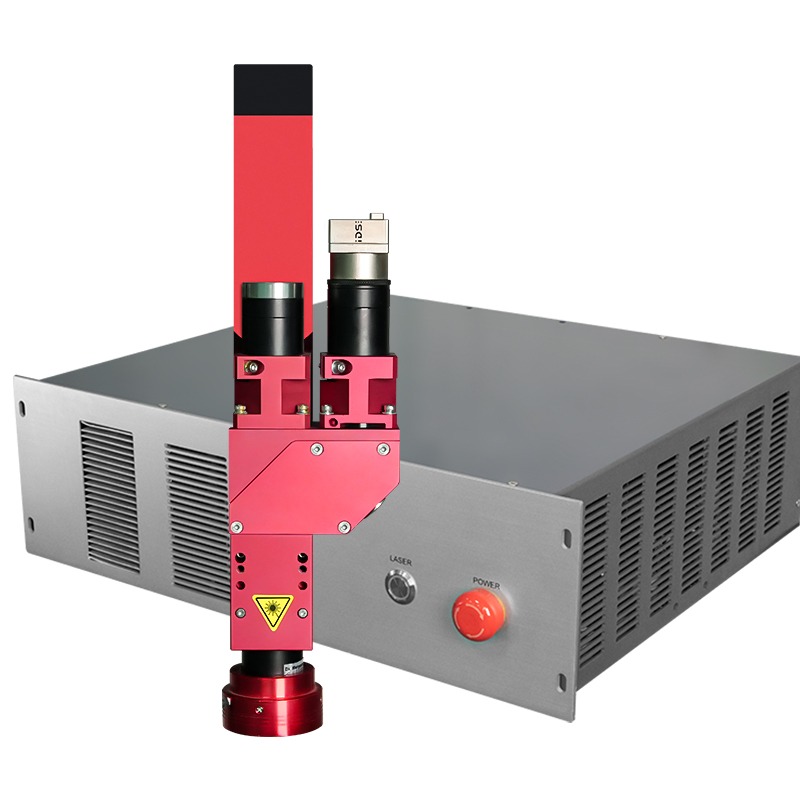
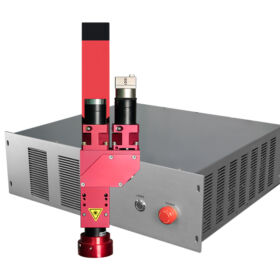
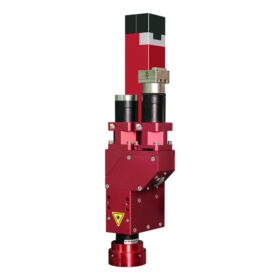
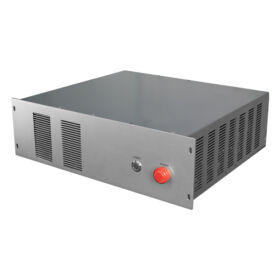
 LASCON® is the process monitoring system with probably the largest distribution in the laser industry. More than 1500 users worldwide in industry and research monitor and regulate their laser processes with LASCON®.
LASCON® is the process monitoring system with probably the largest distribution in the laser industry. More than 1500 users worldwide in industry and research monitor and regulate their laser processes with LASCON®.